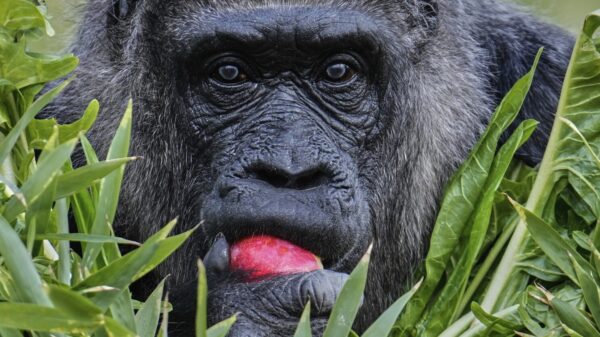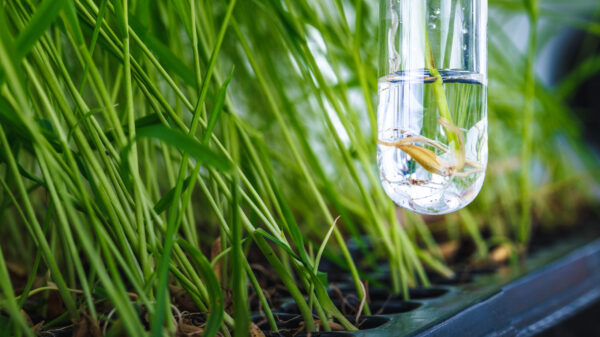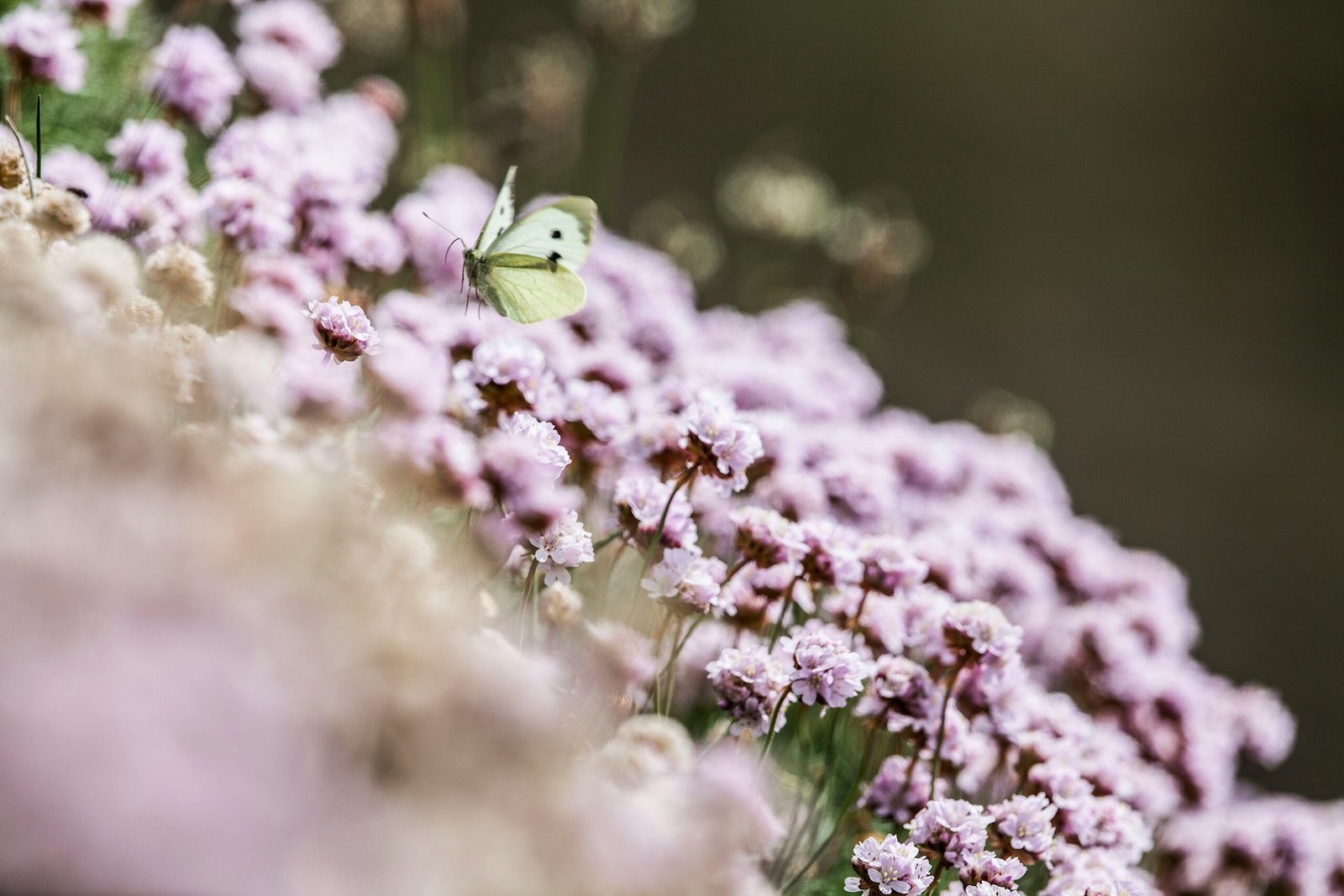Our planet is home to a remarkable array of species, each playing a unique role in maintaining the delicate balance of our ecosystems. However, the rapid loss of biodiversity has become a pressing concern, with species disappearing at an alarming rate. In response, conservation efforts around the world are working tirelessly to protect and preserve the world’s species. Let’s take a closer look at some of the latest initiatives that are buzzing in the world of biodiversity conservation.
1. Habitat Restoration
One of the key strategies in biodiversity conservation is habitat restoration. Many species rely on specific habitats for their survival, and when those habitats are destroyed or degraded, the species suffer. Conservation organizations are working to restore and protect these habitats, whether it’s reforesting areas that have been cleared for agriculture or creating artificial nesting sites for endangered species. By restoring habitats, we can provide a safe haven for many species to thrive.
2. Species Reintroduction
Species reintroduction programs aim to bring back endangered or locally extinct species to their natural habitats. These programs often involve breeding individuals in captivity and then releasing them into the wild. By reintroducing species, we can help restore ecological balance and prevent the loss of important interactions within ecosystems. From the majestic California condor to the adorable red panda, species reintroduction efforts have shown promising results in saving endangered species from extinction.
3. Community Engagement
Conservation efforts are not just limited to scientists and experts. Engaging local communities is crucial for the long-term success of biodiversity conservation. When communities are involved in decision-making processes and actively participate in conservation activities, they become stewards of their natural environment. This can lead to sustainable practices and a greater sense of responsibility towards protecting the world’s species.
4. Technology and Innovation
Advancements in technology have opened up new possibilities for biodiversity conservation. From using drones for monitoring wildlife populations to employing genetic techniques for species identification, technology is revolutionizing the way we approach conservation. Innovative solutions like artificial intelligence and satellite imagery are helping conservationists gather data more efficiently and make informed decisions. By harnessing the power of technology, we can better understand and protect the world’s species.
5. Collaboration and Partnerships
Conservation efforts require collaboration and partnerships between various stakeholders, including governments, NGOs, local communities, and the private sector. By working together, we can pool resources, share knowledge, and implement effective conservation strategies on a larger scale. Collaboration also promotes the exchange of ideas and best practices, leading to more innovative and impactful solutions.
6. Education and Awareness
Creating awareness about the importance of biodiversity and the need for conservation is crucial for long-term success. Education initiatives, such as environmental education programs in schools and public awareness campaigns, play a vital role in fostering a sense of responsibility towards the natural world. By educating the next generation and raising public awareness, we can inspire more people to take action and support biodiversity conservation efforts.
In conclusion, the world is buzzing with various conservation efforts aimed at protecting the world’s species. From habitat restoration and species reintroduction to community engagement and technological innovations, these initiatives are making a significant impact in safeguarding biodiversity. By working together, raising awareness, and embracing innovative approaches, we can ensure a sustainable future for all the species that call our planet home.




































